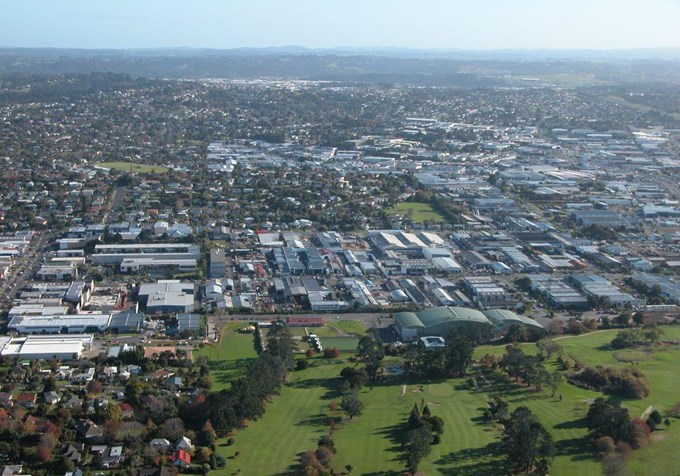Auckland Council is busting the myth that there is a constraint on building beyond Auckland’s current Metropolitan Urban Limit (MUL).
The Unitary Plan for dummies
AUDIO: The Unitary Plan for dummies
NewstalkZB's Andrew Dickens is joined by Auckland Council's Penny Pirrit, who explains the new unitary plan and what is says about the city's limits amidst calls from Wellington in the past week to ditch them.
23,000 homes already planned outside the MUL
Over the past three years Auckland Council has approved developments outside of the MUL that could provide up to 23,000 new homes. This is possible through Special Housing Areas legislation, but it is also part of council’s strategy for the forward supply of urban land.
The Unitary Plan could open up 11,000 hectares outside the MUL
The Proposed Auckland Unitary Plan, which is currently before the Independent Hearings Panel, includes proposals to open up 11,000 hectares of land (that’s about one and a half times the size of Hamilton) outside the MUL to cater for growth over the next 30 years, with the potential to build 110,000 new homes.
The new Rural Urban Boundary would not be a ‘hard line’
While the proposed plan talks about a Rural Urban Boundary, this is not a hard line, unlike the existing MUL that has been in place since the 1990s and was located hard up against the urban development.
In fact, the idea of a hard ‘urban limit’ would be scrapped in favour of a commitment that there is always a boundary that ensures 30 years of land available to expand into. This will ensure there is always a seven year supply of ‘ready-to-go’ land.
Servicing land outside the MUL would cost $17bn over 30 years
Additionally, expanding into the RUB can’t happen overnight. The land is currently not serviced and it will take time and in excess of $17 billion to put the right bulk infrastructure in place. No-one wants to see development in areas which aren’t properly serviced – it needs to be properly sequenced and thought out.
Hearings before the Independent Hearings Panel have now finished. The Panel will deliver its recommendations to the council on 22 July. The council will then have until 19 August to consider the recommendations and make a final decision.


